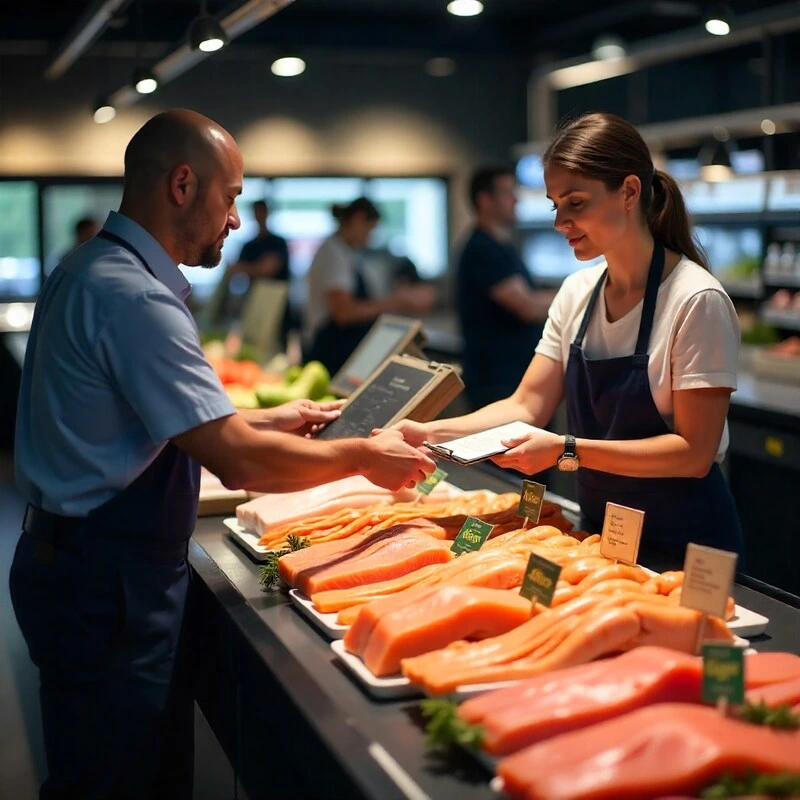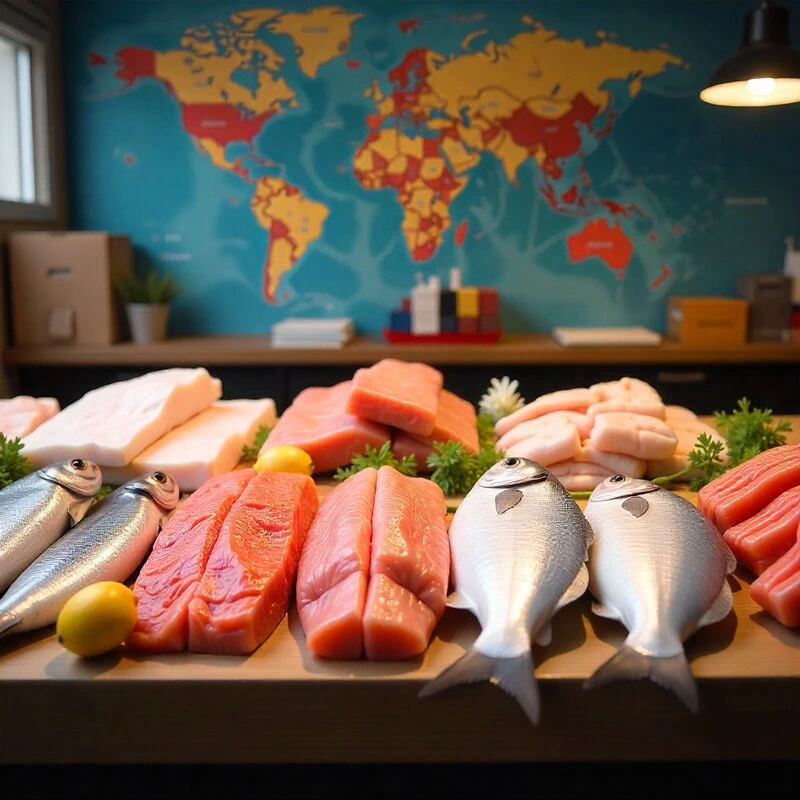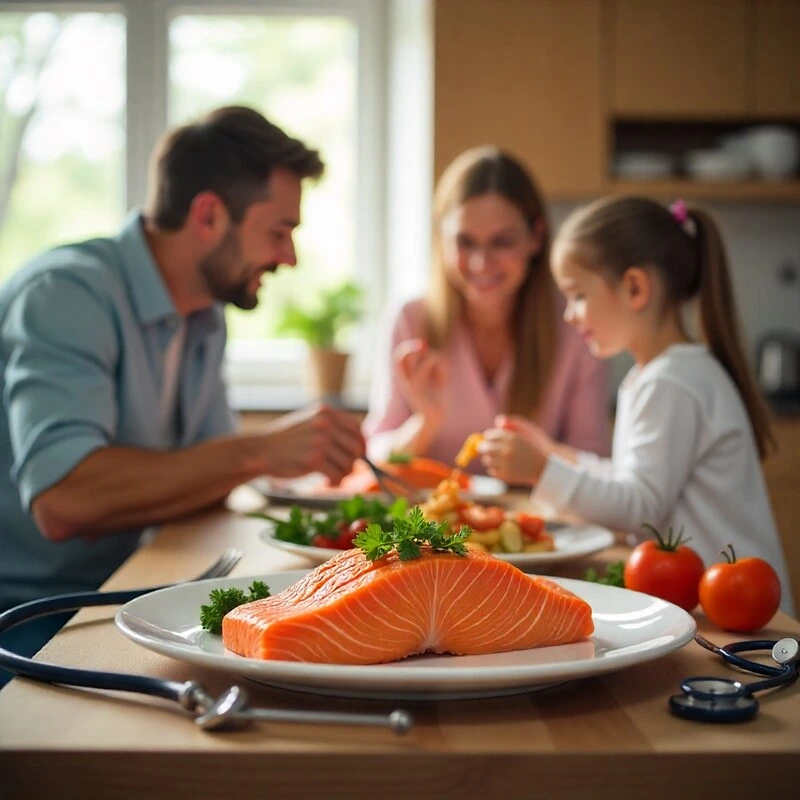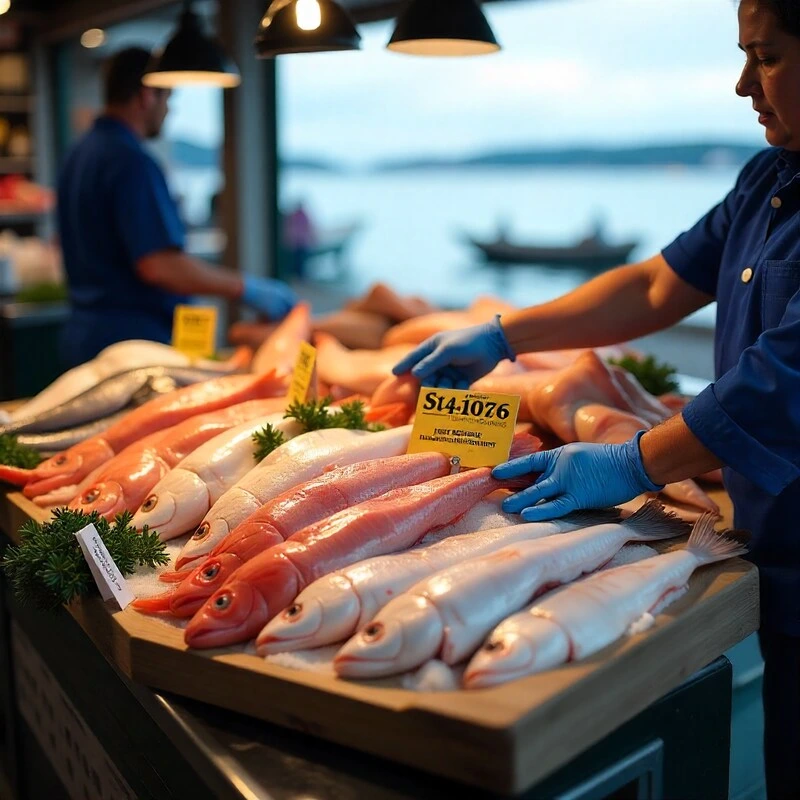How many servings of oily fish a week can cut your risk of dying from heart disease by over a third?
Research shows that eating fish rich in Omega-3s (Sardines, Mackerel, Atlantic Salmon, Rainbow Trout, etc) twice a week can reduce your risk of cardiovascular death by 36%. The benefits significantly outweigh the risks for most people. Ask your doctor or nutritionist.



